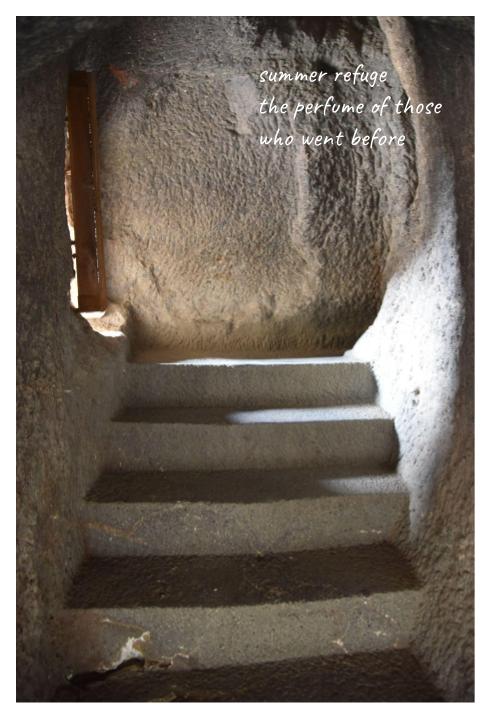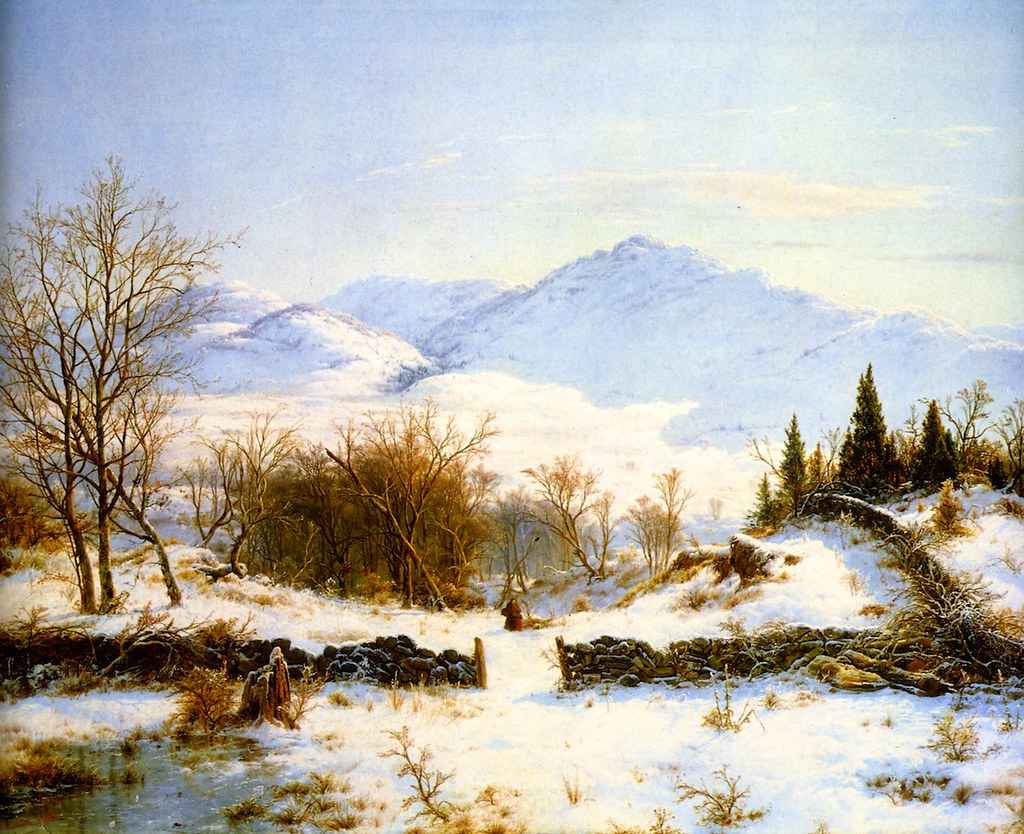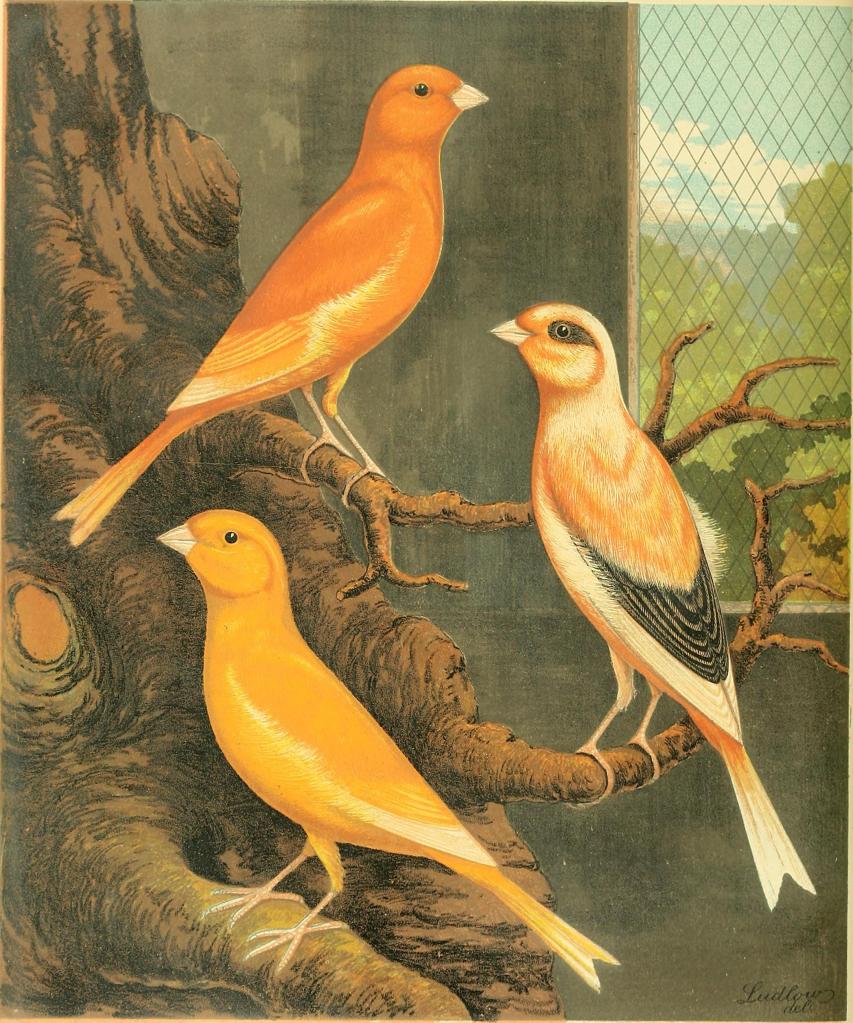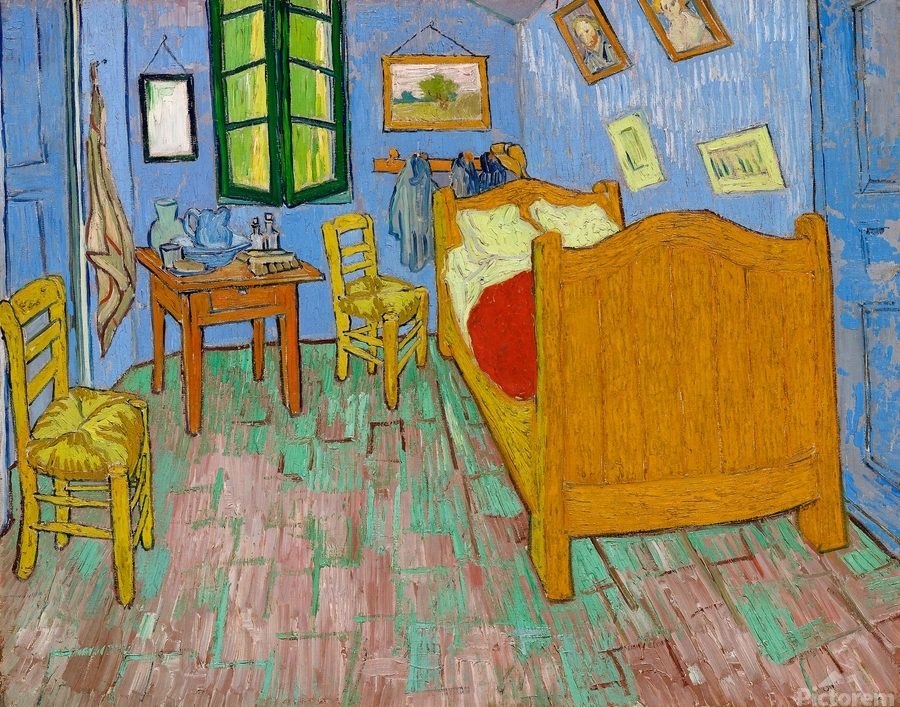Abandoned house
The dreamcatcher still hangs
In the children’s room
— Anna Goluba (Poland)
Published in Haikuniverse, March 7, 2019
Commentary
I appreciate the mystery (yūgen) of why the house is abandoned. Was it because of physical damage to the house itself that forced the family to move? Or, was it due to other socio-economic factors that the family relocated? The mystery (yūgen) of the abandoned house provides some space for the reader. The dreamcatcher also provides space for the reader’s imagination.
I always appreciate the symbolic importance of the dreamcatcher. According to Indigenous Peoples, the circular shape of the dreamcatcher represents the circle of life and symbolizes that there is no beginning or end. Dreamcatchers are also made of natural materials that reflect the close bond Indigenous Peoples have with the Earth. The web of the dreamcatcher is meant to catch the bad dreams and allow the good dreams to pass through to the person sleeping. In this way, the dreamcatcher is like a spider’s web that filters out negativity. Some dreamcatchers are also decorated with beads, gems, and/or stones, which give them positive energy. Lastly, feathers are also sacred to Indigenous Peoples and are found in dreamcatchers. Feathers symbolize protection, healing, and a connection with the divine.
I appreciate how this haiku transports readers back into childhood. I think a child’s imagination paired with the realm of dreams is very effective. I also feel compassion for the child who was forced to move from the house, for unknown reasons. I think of the dreams the child had when they lived in the house.
In short, this is a haunting and mysterious haiku that serves as an effective portal into the reader’s childhood, their first home, and their dreams. An excellent haiku.
The kigo or seasonal reference in this haiku is not obvious or is nonexistent. However, there is a melancholy feel to the poem; so, I would probably place this haiku in autumn. It’s fine if a haiku does not have an explicit kigo; in Japan, haiku without a seasonal reference (muki haiku) have been popular for about 100 years now.
There is no punctuation in this haiku (an approximation of kireji), yet there is a clear grammatical shift after line one. In English-language haiku, the capitalization of words is not common, though. However, the poet is from Poland, and the haiku community there might have different ideas about the capitalization of words. There is nothing wrong with it and is understandable due to many poets thinking each line of a poem should begin with a capital letter.
The combination or association of parts in the haiku works in stark fashion. The pull between emptiness and the energy/action of the dreamcatcher creates a poignant mood and scene. The ending line enhances the poignancy of the imagery even further.
Looking at the sound of the haiku, I admire the usage of the letter “h.” It’s an uncommon letter to use in succession in poetry, I believe. “h” gives an emphasis at the end of the first and second lines. It also gives strength to the third line as well.
In terms of pacing, this poem follows the conventional short/long/short rhythm in English-language haiku that approximates the rhythm of Japanese haiku. Looking closer at the words used, “the” employed for both subjects “dreamcatcher” and “children’s room” was a smart choice, as both subjects deserve proper respect.
Overall, this haiku combines elements of melancholy, hope, spirituality, and more. Without a word out of place, the poem is effective and touching.










